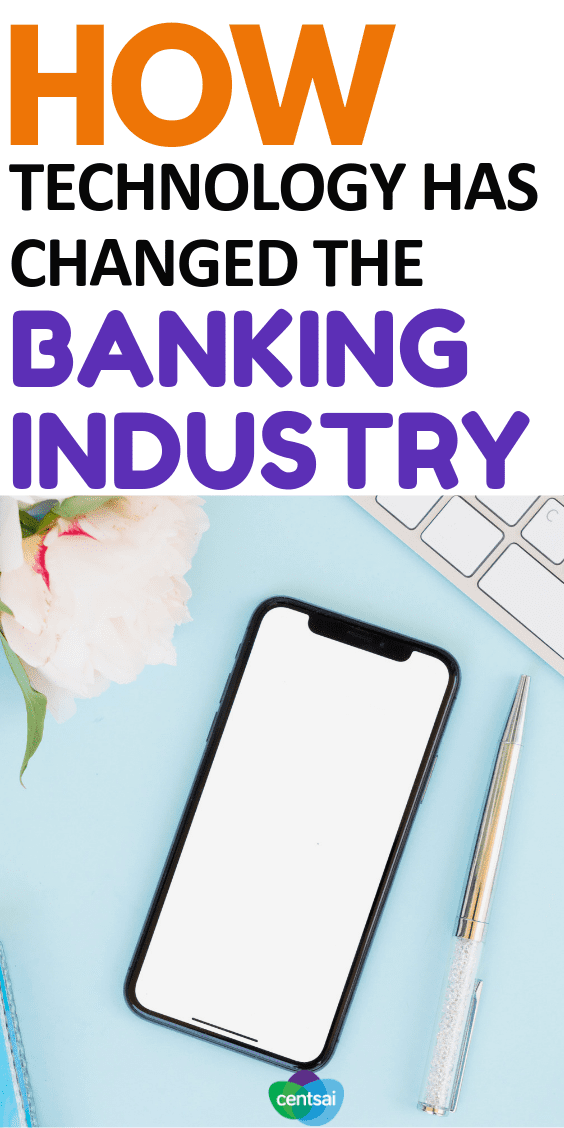
The remnants of the 2008 financial crisis left a multigenerational scar on our collective psyche. The salve is innovation.
Accordingly, we have been watching the rise of financial technology, or fintech. Multiple challenger banks — N26 being the latest one to enter the U.S. market — have threatened the traditional business models of banks and credit unions.
Much like the car manufacturers of the 1980s, these banking institutions can no longer rest on their laurels and engage in business as usual. Innovation offered by the fintech sector implores banks and credit unions to provide customers with the speed and transparency customers have come to expect.
The Challenges of Banking
 As a Generation Xer, I’ve experienced the pain and frustrations of consumer banking in multiple ways.
As a Generation Xer, I’ve experienced the pain and frustrations of consumer banking in multiple ways.
I’ve waited in line for a half-hour to deposit a check before direct deposit or check scanning existed, filled out a risk tolerance questionnaire that rivaled Myers-Briggs for depth in order to open an investment account, and lost an hour of my life filling out forms to open my daughters’ 529 college savings plans.
I’ve accepted the mysterious delay that still exists — called “availability of funds notice,” a reality that may have made sense in the pre-digital banking era, but now seems like an excuse to keep money out of my account just for an extra day or two, possibly to lend to some other mysterious entity. Whenever I casually raise this issue, no one in the industry confirms or denies my hypothesis.
How Much Is Technology Changing the Banking Industry?
I was lucky to be raised by an entrepreneurial father and a certified public-accountant mother who spoke about finance and business at home routinely. But unfortunately, many people do not have that privilege.
Sign Up In Less Than 2 Minutes
The jargon and opacity of financial language is no longer an acceptable status quo for everyday banking customers who benefit from a myriad of new features and choices of how to manage their money.
There’s also been a democratization of finance that goes beyond merely cutting out the jargon.
Fintech has flipped banking fee structure on its head. Gone are the days of required account minimums for checking, savings, and investment accounts. Today, everyone can invest, even with their spare change.
Don’t like your financial institution? Don’t worry. At least a handful of start-ups are competing for your business. Just ask the people who are using Robo-advisors.
But traditional institutions are still struggling to meaningfully meet their customers' expectations. It’s no surprise that in the 11 years since the 2008 financial crisis, customer satisfaction with banking has further declined, according to a J.D. Power survey.
Making That Change Happen
For the past three years, I have worked as a co-founder of the financial literacy platform CentSai. In the process, I have spoken to hundreds who work in the financial services industry, financial literacy and economics educators, and potential customers of personal finance management and services.
Change is slow and expensive, but banks and credit unions are finally acknowledging that today’s bank or investment account is pocket-size and simple to navigate.
Look at how many people use apps like PayPal, Venmo, or Apple Pay before they would even consider using the same service from their financial institutions — assuming it’s even offered.
The Importance of Financial Literacy
Transparency is the first step, but meaningful financial literacy must be a mandatory second. An uneducated consumer is harmful to everyone.
After all, a key factor of the 2007–2008 credit crisis was the billions of dollars of bad mortgages linked to property owners who were made to believe their home value would perpetually rise by 5 to 10 percent every year ad infinitum.
We must take care of the primal ignorance in finance.
Basic banking language is not difficult to understand. In fact, it can be taught through modalities like quizzes, polls, worksheets, real-life stories, and podcasts.
My co-founder and I, both trained journalists, focus on how to simplify and “storify” financial concepts. People are hungry for unbiased information.
The same J.D. Power survey that found greater dissatisfaction with banking also discovered, paradoxically, that 78 percent of banking customers want more guidance on how to lead their financial lives. However, less than one-third of the respondents felt they receive what they need.
How Will Technology Change the Banking Industry Down the Road?
A step forward for banks and credit unions is to meaningfully embrace social media. A consequence of the digitization of finance is the loss of personal relationships.
We can’t turn back the clock on fintech, nor should we. But we can help small and medium-size regional brick-and-mortar banks, credit unions, and financial advisers reach their customers on the social platforms where they reside.
With Facebook’s foray into cryptocurrency (Libra) and the adaptation of PayPal in its messenger; Apple’s new interest in credit cards (pun intended) and the ability to transfer money with iMessage; and Amazon entering the personal and business loan space, the lines between banking, technology, and social media are already blurred.
The next disruptive financial technology will change the banking industry and level the playing field once again, allowing small and medium-sized banks and credit unions to personalize their services in a social setting.









